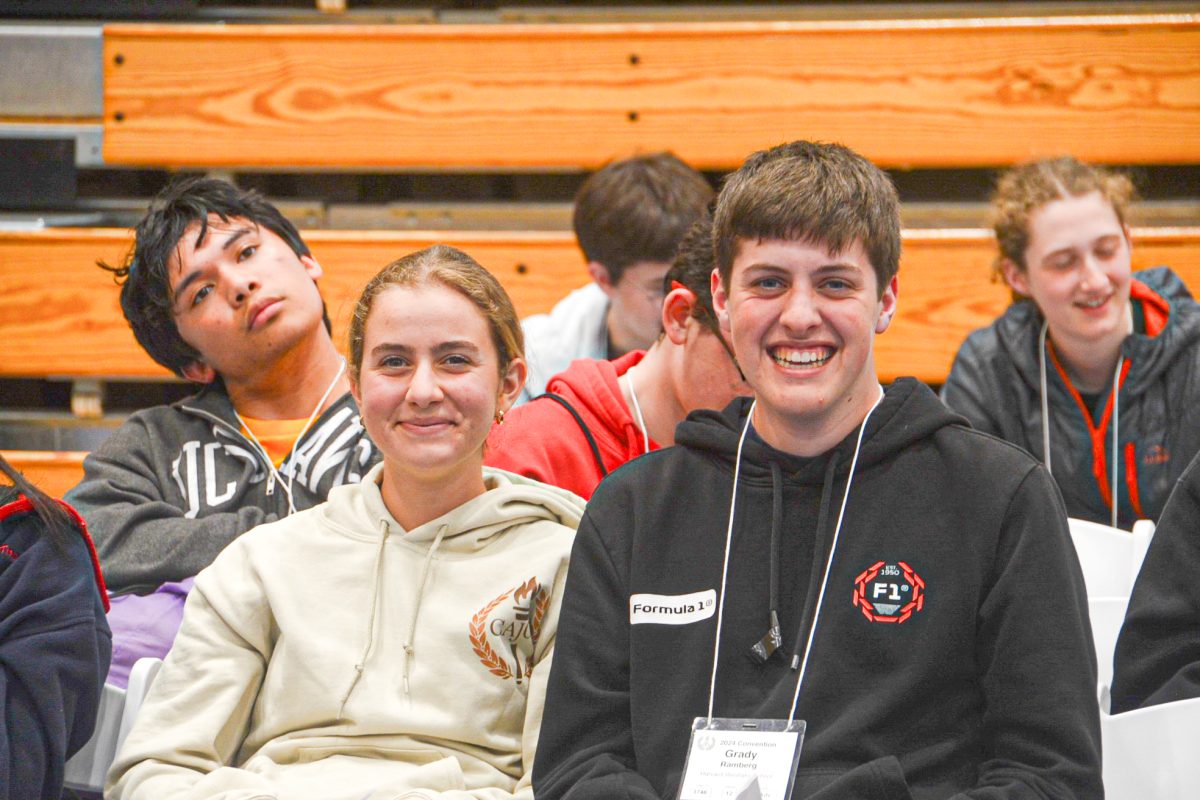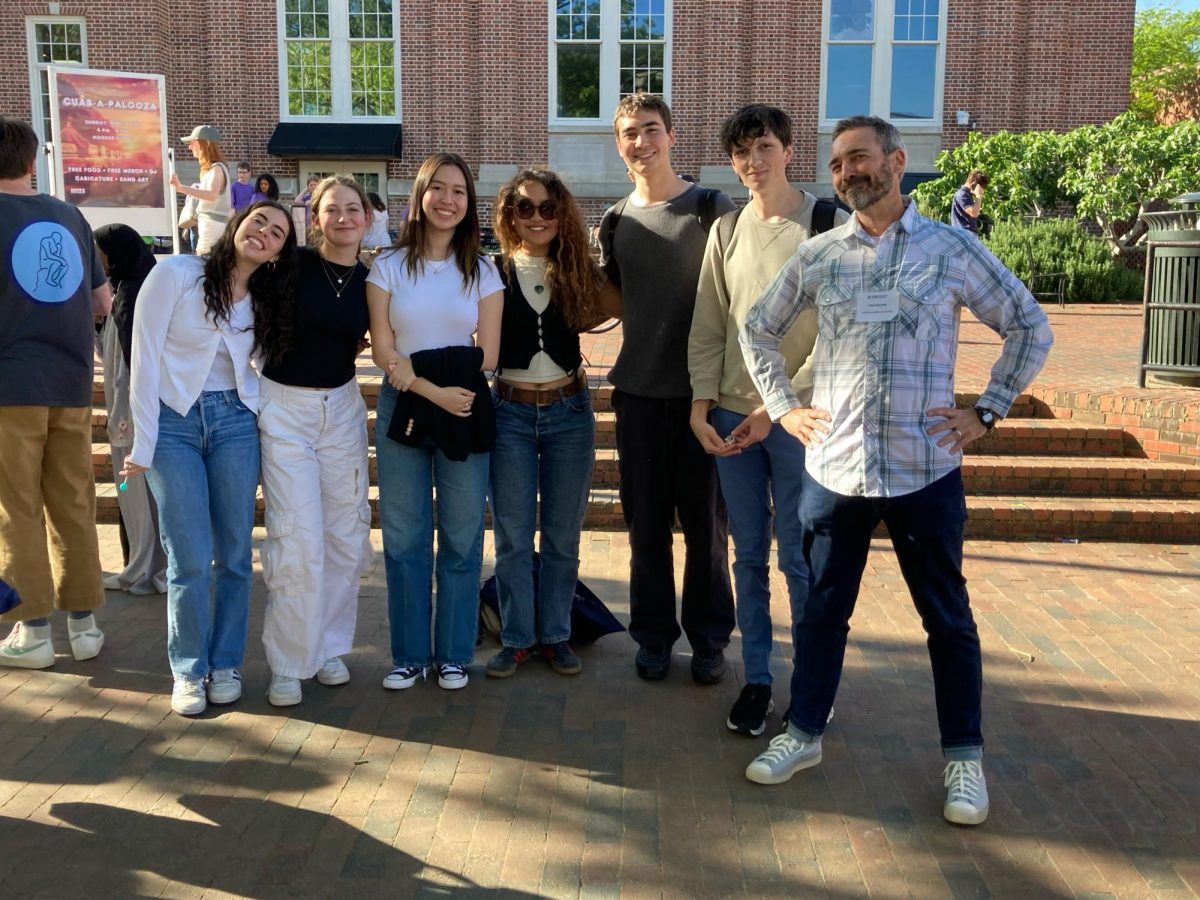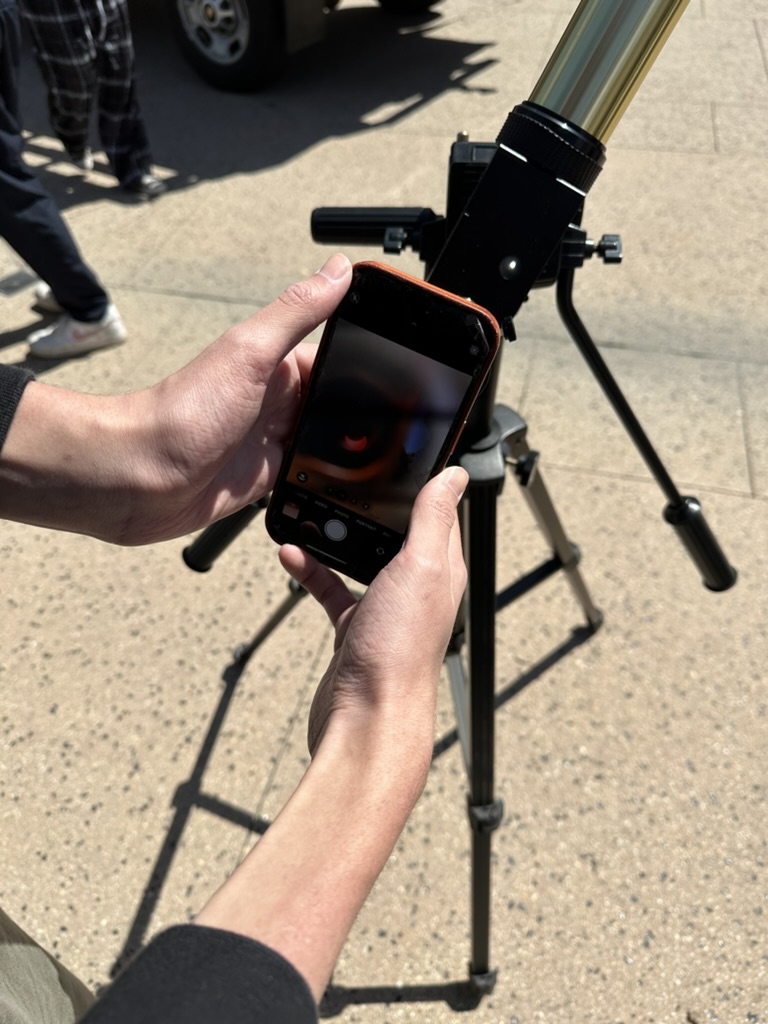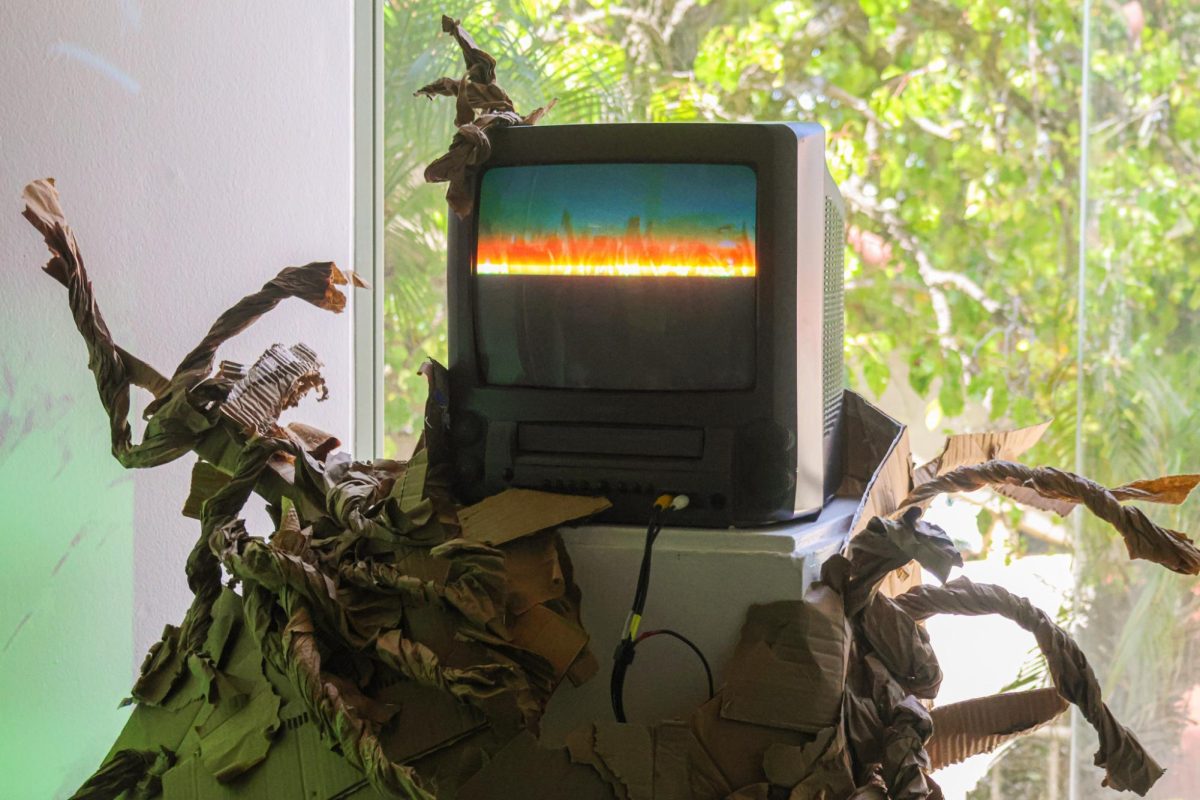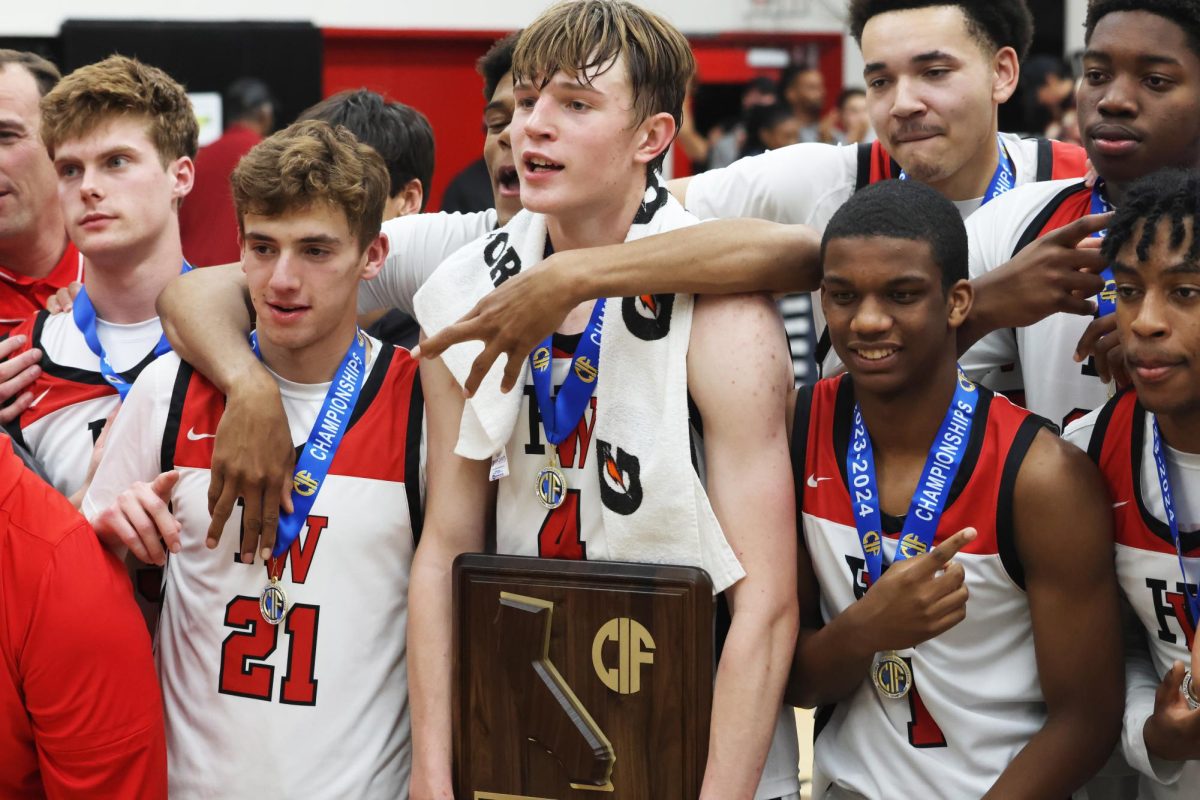By Lara Sokoloff
As a competitive athlete, tearing the ACL, anterior cruciate ligament, is both a physical and emotional injury. Benching the athlete for anywhere from five to 10 months, losing such a big part of one’s life, even temporarily, can be devasting.
“I was heartbroken,” soccer player Briana Nesbit ’12 said upon learning she had torn her ACL last summer. “My initial reaction to the news was crying because I didn’t know what else I could do.”
The ACL is one of four main knee ligaments critical to knee stability, along with the MCL, medial collateral ligament, LCL, lateral collateral ligament, and PCL, posterior cruciate ligament. According to the National Library of Medicine, an ACL tear is often accompanied by another tear of one of the ligaments surrounding it, or by a tear in the meniscus. Tears result from both contact and non-contact injuries and are most common in basketball, skiing, football and soccer athletes.
ACL tears are more common in female athletes than male athletes. Although the exact reason is not clear, it is suspected that it is connected to the variance between male and female anatomy.
The typical rehab period begins with a two week “pre-hab.” During the two weeks before the surgery, patients must strengthen their knee before undergoing surgery, the NLM said, which is done through bending exercises to regain some mobility in the knee. During the surgery, which lasts around two hours, the doctor creates a new ACL for the patient. The new ligament, either taken from the patient’s body or a donor, is used. After surgery, the patient’s rehabilitation can last anywhere from two to eight months. The goal of rehab is to redevelop your muscles and consequently regain mobility and strength.
After six months of therapy with the trainers at school and outside trainers, Nesbit was released to full contact.
It only takes a week to lose one’s muscle mass, but a year to completely gain it back, Danielle Salka ’11, a competitive volleyball athlete, said. Salka, who has committed to play volleyball at Yale University next fall, has torn her ACL twice in the past two years.
“Both times I tore my ACL, I was hitting and landed awkwardly on one leg,” she said. “I felt a jolting pop like that of a rubber band stretch beyond its limit.”
The first time Salka tore it, she had received a bad pass from a teammate and was stretching to keep the ball in play. While jumping for the ball, her body twisted outward, causing her to land unevenly on the outside of her left foot. Her leg consequently bent inward in a slight C, and immediately jerked upon impact.
“I felt two jolting pops, of something ripping deep below the bone,” she said.
The doctor’s original prognosis was positive. He noticed no swelling, and thus her pain was most likely a result of her knee-cap popping in and out of place. However, he suggested she get an MRI to confirm his prognosis.
Although she expected the severity of the injury, it did not lessen the sheer devastation she felt after she received her prognosis.
“I had not fully grasped the implications of my recovery, the meaning of surgery, crutches, physical therapy or eight months,” she said. “They were just words to me.”
Salka missed almost two weeks of school after her surgery. Because she had to be medicated with Oxycodone, Salka could not get out of bed for an extended period of time for anything but physical therapy.
“During the surgery, they drill through the thighbone, and bone pain is supposedly the most painful kind of pain,” Salka said.
The emotional effects of the surgery were equally painful as the physical ones. The pain was unbearable, and worsened with every slight movement of her leg, she said. But the injury also caused feelings of resentment towards volleyball to arise from within her, making her doubt whether she wanted to ever play again.
After eight months of physical therapy, her knee fully healed and she transitioned into playing again. However, playing again involved overcoming a huge mental hurdle of fearing re-injury, she said, but that too goes away eventually.
Unfortunately, Salka retore her ACL earlier this season. She went into surgery on Tuesday, and will again undergo the slow and arduous recovery process.
“I don’t think I’ll be more afraid when I play again,” she said. “I’ve been through it before, and I know what to expect, what pain is okay and what pain to worry about.”
Claire Baba ’12 originally tore her ACL and meniscus last January playing basketball, but did not have surgery until a week ago. In January, her doctor declared that her ACL was still functional, and thus surgery was not necessary. She continued to play on it, despite its unsteadiness, until she tore her second meniscus this summer. She will be in physical therapy strengthening her knee for the next six months.
Elana Stroud ’13, a soccer player, has also torn her ACL twice over the past two years resulting in over a year and a half of rehabilitation.
However, as she progressed through rehab, she became increasingly more excited as she was able to do more advanced exercises. During the first few months, she was restricted to slow biking, but was then able to start running around her fourth month, and allowed to touch a soccer ball during her fifth month.
After recovering from her first injury, Stroud began to play again. However, five months after her rehab had ended, she began to feel her knee become increasingly less stable.
“I don’t actually know the exact moment when it retore,” she said. “But there was a moment five months after when my knee really hurt, and then after that it just felt unstable.”
The doctor insisted that it was normal to the surgery, and she thus continued to play on it, although it frequently gave out during games. A little over a year ago, Stroud sought out a second opinion, who encouraged her to get an MRI, and she soon found out that she had retorn her ACL.
“At that point, I knew I was going to be out for more than a year,” Stroud said. “At the beginning, it was really frustrating.”
Rehab the second time went smoother than the first. She could feel herself getting stronger and was able to do the exercises more precisely due to her experience.
When Stroud plays now, she doesn’t go into games fearing she will retear her ACL. However, unconsciously, she may not go into a tackle as hard, or she wouldn’t cut a certain way. As she continues to play more and further strengthen her knee, much of her unconscious fear has worn away and she has regained her aggressiveness and agility, she said.
Despite the physical and emotional burdens, ACL reconstructive surgery is an extremely successful surgery that yields in stable knees for the great majority of patients.
Doctors are continuing to revolutionize the surgery in order to expedite the recovery and eliminate complications with the surgery itself, NLM said.
—Additional reporting by Alex Leichenger

